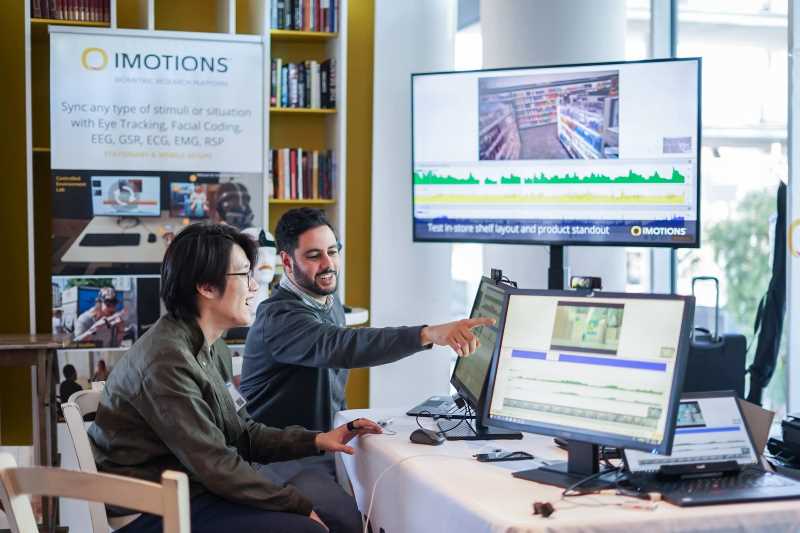Our eating experiences are largely shaped by brain perceptions rather than the intrinsic qualities of the food itself. Therefore, to provide a comprehensive analysis of these experiences and their impact on our cognitions and emotions, it is essential to assess their neural underpinnings. This research employed a consumer neuroscience approach, integrating neuroscientific techniques with self-report measures to explore cognitive and emotional responses throughout the eating experience, examining how they are influenced by different eating processes and different food flavours. Forty participants consumed 4 pasta dishes (each with a distinct flavour) in a randomised order. The sight, taste, and savour phases of the eating process were separately assessed using electroencephalography (EEG), skin conductance (SC), and heart rate (HR), computing neurophysiological measures for cognitive engagement, memorisation, and emotion. Additionally, emotions were assessed using the Self-Assessment Manikin (SAM). The findings indicated an increased cognitive engagement during sight and tasting phases, and a peak in memorisation during tasting compared to the other phases. Emotions were higher during tasting and savoring compared to the initial sight phase. While neuroscientific data indicated no flavour-related differences, self-report measures showed some differences in terms of the emotional responses elicited. This research maps the sequence of cognitive and emotional processes in the eating experience, validates neurometrics as standardised tools for assessing eating-related consumer responses, and highlights the importance of combining neuroscientific and self-report measures to better understand food perceptions and emotions. Finally, it offers insights for designing better eating experiences to improve consumers’ satisfaction and overall well-being.
Related Posts
-

Memory Modulation – Measuring What Truly Sticks
Academia
-

The Science of Resilience: Measuring the Ability to Bounce Back
Academia
-

Measuring Pain: Advancing The Understanding Of Pain Measurement Through Multimodal Assessment
Ergonomics
-

Feeling at Home: How to Design a Space Where the Brain can Relax
Ergonomics



